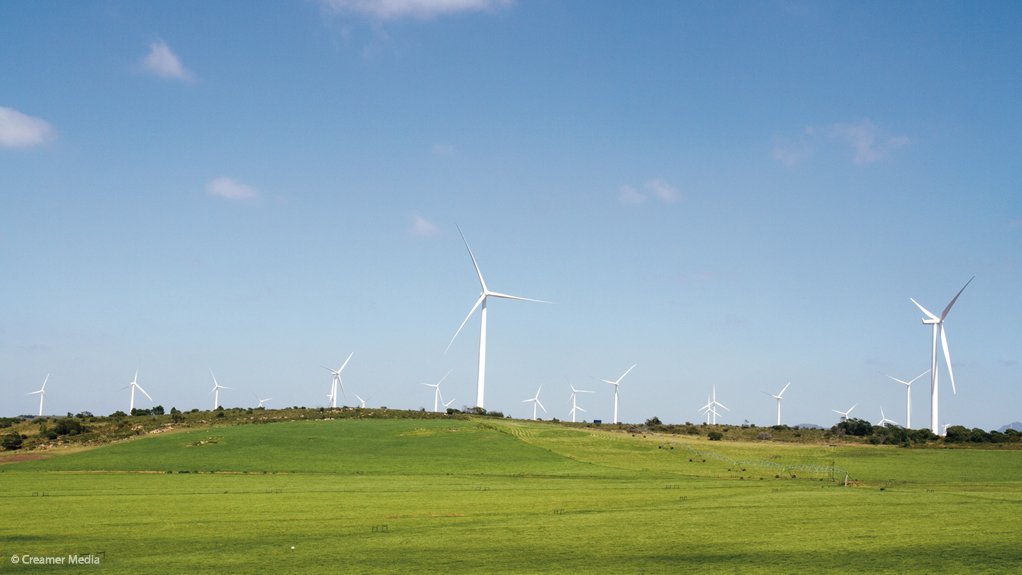Wind energy in South Africa is set to contribute more than R7-billion to communities and socioeconomic development over the next 20 years.
“Utility-scale wind energy is already boosting economic development in South Africa,” South African Wind Energy Association (Sawea) chairperson Dipolelo Elford told delegates at the WINDaba conference, in Cape Town.
He said government and industry were committed to ensuring that small business and local communities benefitted from wind farms.
In terms of the Renewable Energy Independent Power Producer Procurement Programme (REIPPPP), wind energy project developers were required to allocate between 2.5% and 40% of shareholding to legal entities representing local communities. The dividends need to be invested in local economic development projects and programmes.
But residents might have to be patient. Funds would be released once the wind farm started generating profits, which could take up to ten years, depending on the energy generated and the initial cost of development.
Wind energy had taken off in South Africa, with five wind farms in full operation and another 22 large-scale farms under construction. Another 700 MW was expected to be awarded soon.
Elford said infrastructure in certain areas where wind farms had been set up had helped communities. “There are areas which used to be in darkness and now, for the first time, they have lights.”
Sawea believed the R7-billion figure, which was based on current allocations, compared favourably to that of direct investments made into communities in more mature wind energy markets in Europe and the US.
Elford noted that South Africa had rapidly advanced its wind power generation.
“In 2011, the first preferred bidders were announced. This time last year, the independent power producers had broken ground and turbines were popping up all over the place. Now we have five wind farms in full operation. We hope to get to a stage where wind is fully integrated into the electricity grid of the country.”
While the wind energy industry was not labour-intensive, Sawea estimated that investment in the industry would result in a minimum of 3 600 direct long-term and sustainable jobs, mainly for semiskilled and skilled people in local communities.
Thousands of jobs were expected to be created during the construction phase of the wind farms.
Meanwhile, there was still plenty of international interest in South Africa, Global Wind Energy Council (GWEC) secretary-general Steve Sawyer told delegates at WINDaba.
He commended South Africa’s power procurement system.
“Because of the success of Brazil and South Africa’s ‘auction’ system for wind power procurement, it’s now all the rage,” he told several hundred delegates, but added that delays in the REIPPPP were a concern.
Globally, China had the biggest annual market size for wind energy, with its share of the global market being 28.7%. The US, Germany, Spain and India made up the rest of the top five countries in terms of market share.
The GWEC believed Asia would surpass Europe by the end of this year in terms of total installed capacity.
After a sluggish 2013, Sawyer expected a much better industry performance for 2014.
EMAIL THIS ARTICLE SAVE THIS ARTICLE
To subscribe email subscriptions@creamermedia.co.za or click here
To advertise email advertising@creamermedia.co.za or click here











